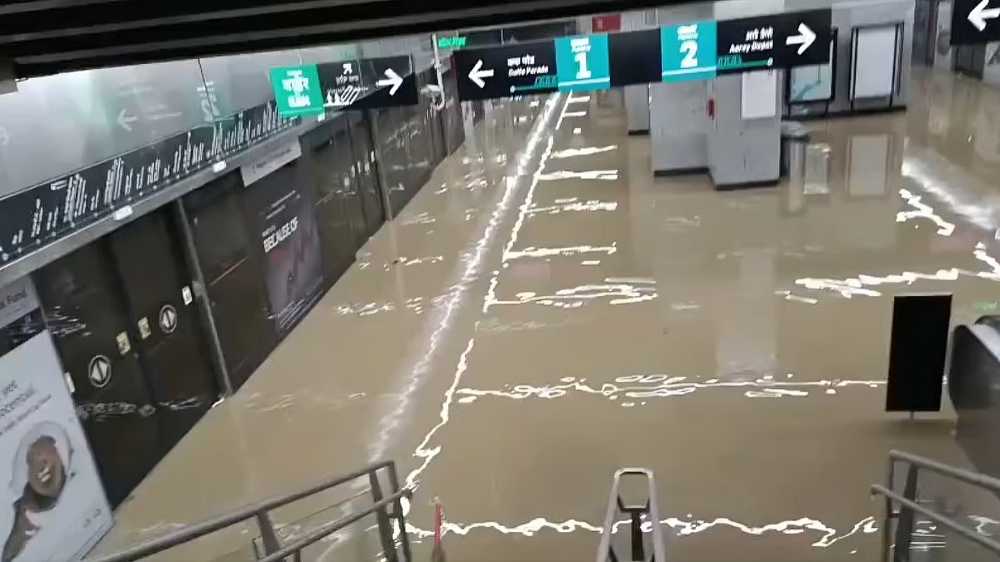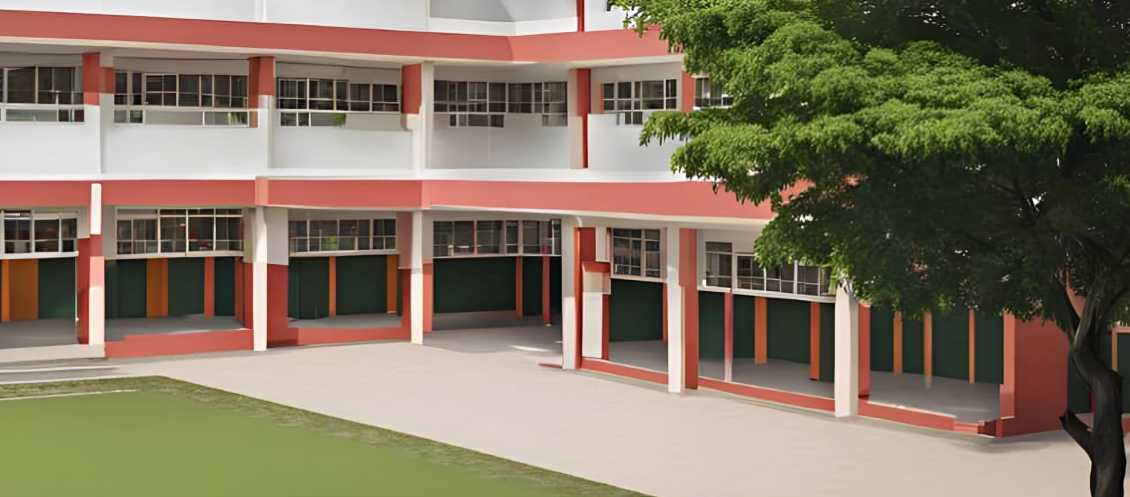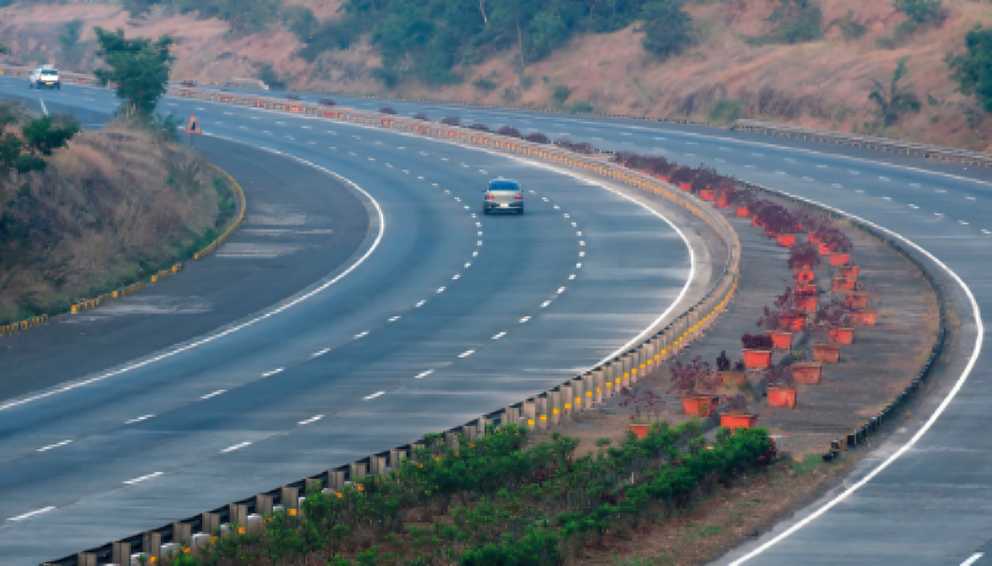Mumbai’s monsoon has long been known for unearthing the city’s vulnerabilities — submerged roads, disrupted train services, stranded buses, and sewage-laced floodwaters are all too familiar. Yet, what took many by surprise this week was the inundation of a newly inaugurated underground metro station — just 17 days old — at Acharya Atre Chowk near Worli.
The Aqua Line, meant to be a shining symbol of Mumbai’s modernisation, gained an ironic new meaning as videos of the flooded station went viral. The incident, following an intense downpour that broke a century-old May rainfall record, has raised serious concerns about the safety and reliability of the city’s expensive infrastructure upgrades.
Built at a staggering cost of ₹37,276 crore, the Aqua Line stretches 33.5 kilometres from SEEPZ in Andheri to Cuffe Parade in South Mumbai. While half the line is currently operational, the flooded station has triggered apprehension about the entire system. Services at the affected station were halted, and authorities rushed to reassure the public about the flood-readiness of the network. They highlighted that most stations are built over a metre above street level, and the rest of the line remained functional during the storm.
Nonetheless, the public perception that this underground metro is just as vulnerable as Mumbai’s ageing local trains is proving difficult to shake. Around 20,000 commuters currently use the Aqua Line daily, with projections of 1.3 million once it’s fully operational.
The city’s infrastructure has also been weakened by large-scale tree felling — including over 2,200 trees in Aarey for the Aqua Line’s car shed in 2019. As the climate crisis intensifies and extreme weather becomes the norm, Mumbai’s dream of flood-proof infrastructure is still far from reality.
Source: The Free Press Journal





